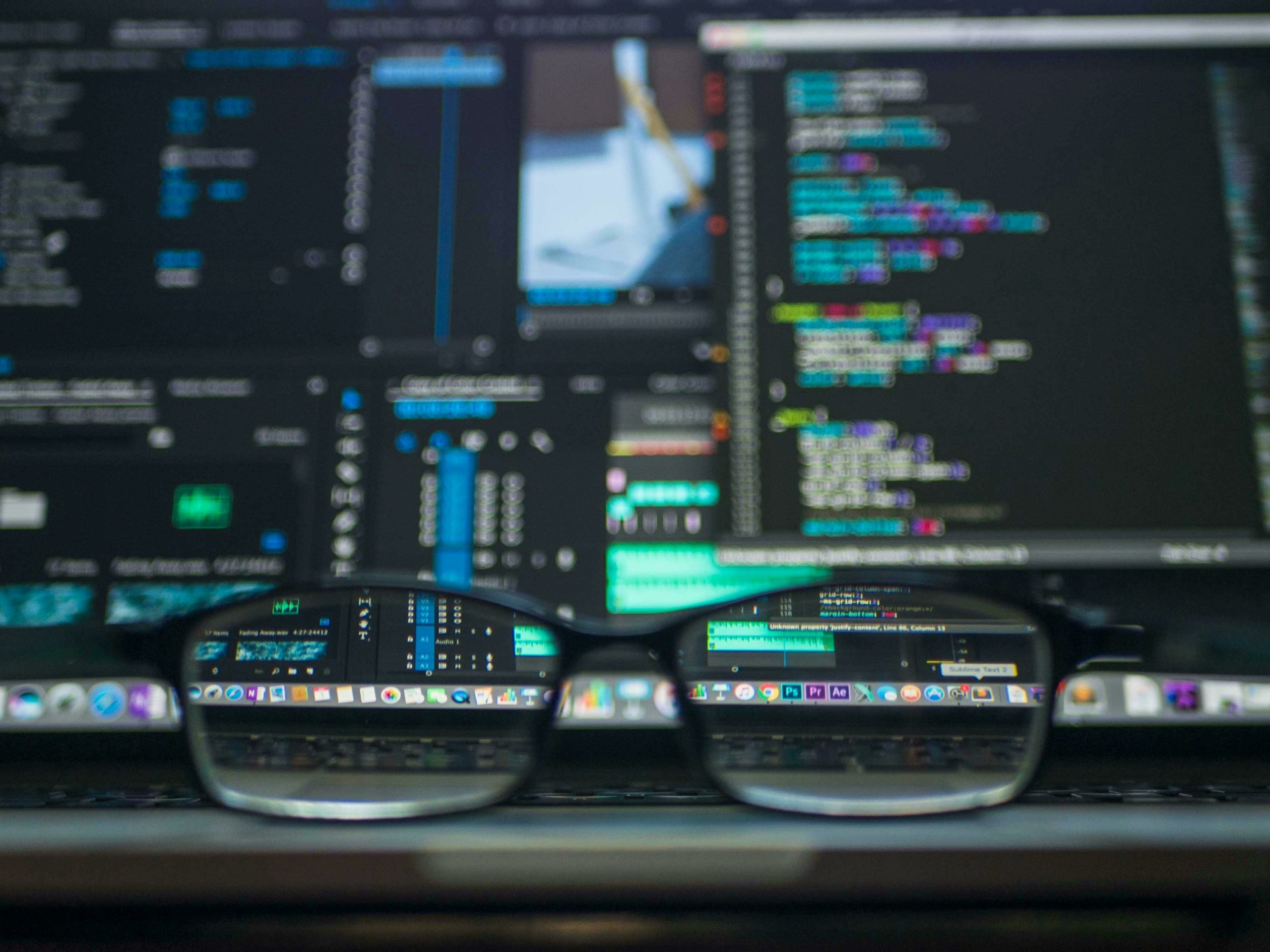How do computers see and understand visual information?
Overview
In this lesson, students explore AI “under the hood” by learning how sensory information is converted into data and used for mathematical operations that make an AI “intelligent”. Students will learn that visual data has features like brightness, and distance (like between parts of a face) and is used in applications like facial recognition. Along the way, students will be able to connect these technical processes to social consequences such as bias, and learn to treat AI with skepticism.
- About AI
- 60 minutes

Digital Materials
Objectives
After this experience, students will be able to
- Explain how sensory information is converted into data
- Explain how bias influences these processes
Questions explored
- How is sensory information converted into data?
- How does AI use that data to make decisions?
- How does bias influence these processes?
Key Terms
Algorithmic Bias
- When AI produces repeatable errors that create unfair outcomes, favoring some groups over others.
Data
- Information collected together for reference or analysis. Often mentioned with computers and used to train many kinds of AI.